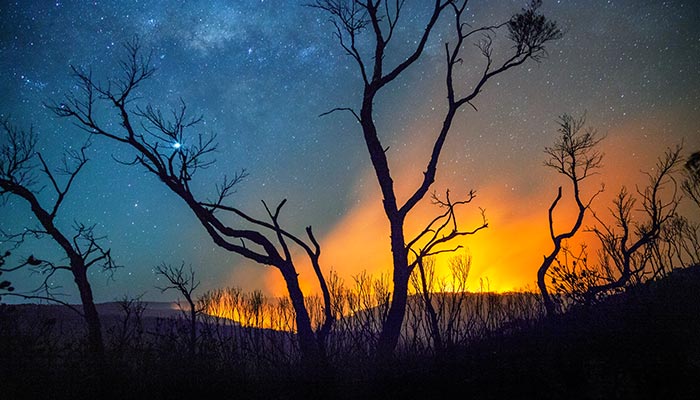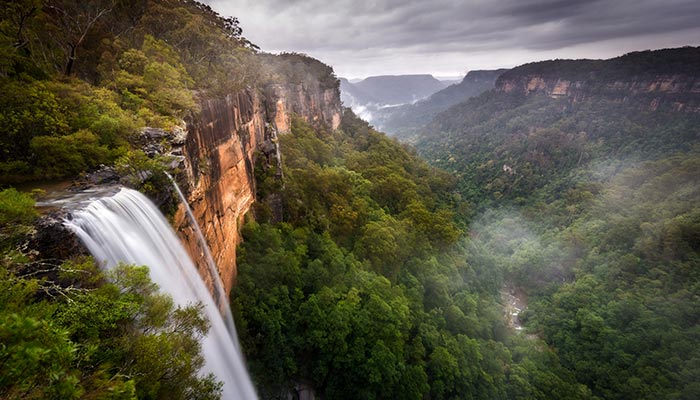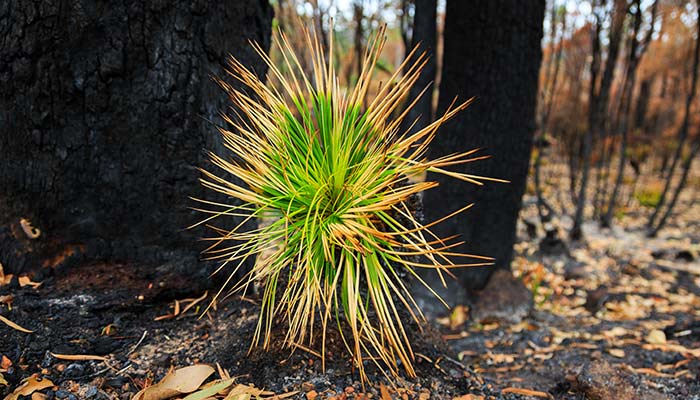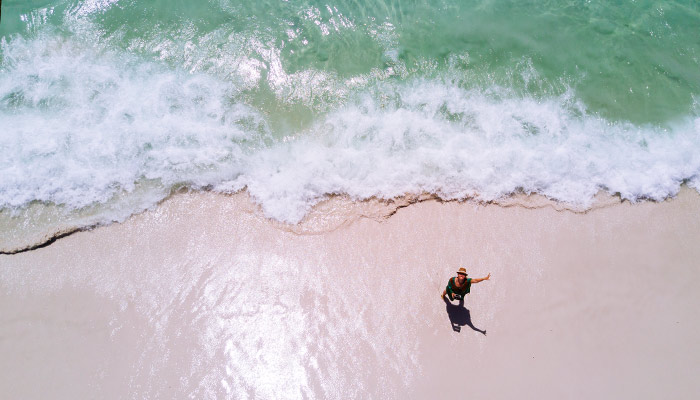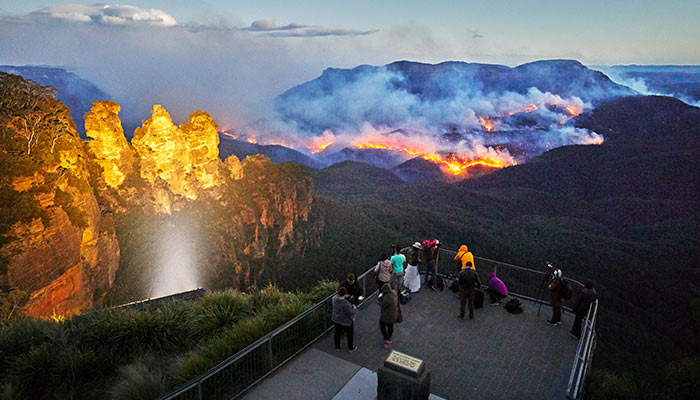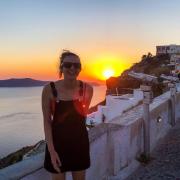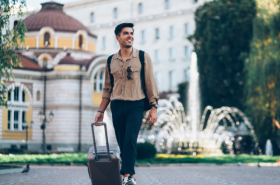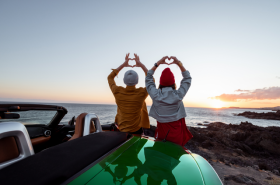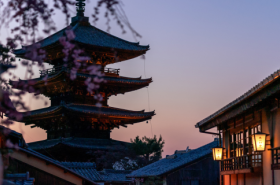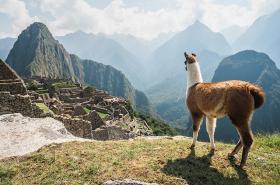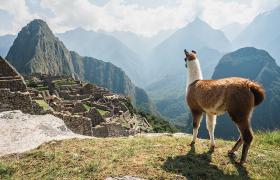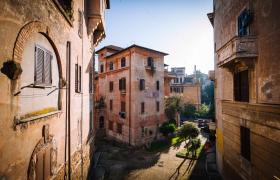At Travel Money Oz, we are incredibly lucky to live and work in one of the most beautiful countries in the world - Australia. Since July 2019, we have watched unprecedented bushfires ravage over 27.2 million acres of land, killing 33 people and over a billion animals. It is heartbreaking.
While the fires have, thankfully, begun to subside, the hard work is only just beginning. Fire-ravaged towns and communities are starting to rebuild, as blackened landscapes and burned bushland begin to sprout new life.
For many outside of directly affected areas, it can be hard to comprehend how to help. Aussie's and the broader global community have already rallied together and donated millions to help the people, animals and land in need, but that doesn't mean we can't do more to help.
Tourism is a massive pillar in the Australian economy, employing over 660,000 people and funding the livelihood of many. While global awareness of the bushfires is excellent, as it encourages donations, it has misconstrued Australia's nature as a tourist hotspot, with many international and domestic visitors cancelling their Aussie holiday bookings. The domino effect of these cancelled bookings will ripple through local communities, making the rebuild efforts even harder.
How can we fix this? By travelling and exploring our gorgeous country.
Seriously, our country is so stunning.The bushfires were vast, but Australia is a huge country, and the majority of our major tourist hotspots like Uluru, The Great Barrier Reef and Kakadu were not affected. The fires hit hardest in Southern New South Wales, Victoria and South Australia, home to many summer travel hotspots. Towns scattered throughout these areas rely on the income made during the summer school holidays to primarily fund the entire year. This means the fires hit at the worst possible time, and these businesses now have to continue with a massive hit to their income. The flames didn't even directly hit most towns, but the spread of confusion and fear has stopped people from visiting altogether. We need to change this.
Invest your tourism dollars locally to aid with the rebuild efforts, and travel within Australia for the next 12 months. Within the next three months alone, you will witness the rebirth of our native bushland, as green sprouts from the charred remains. Mother Nature knows how to rebuild, so let's give the communities around her a helping hand.
To assist with your planning, we've put together a list of places to visit as well as some general tips and tricks on how you can best spend your tourist dollars to help the cause.
Travel tips to help bushfire affected communities
- If you have a trip planned, please don't cancel. Postpone if you must, but there is no need to cancel.
- If you're taking a road trip, fuel up in the local towns
- #gowithemptyeskies, shopping at local supermarkets and stores to support both the business and our farmers
- Shop local and 'buy from the bush'. When visiting small towns, swap the mass-produced souvenirs for local handicrafts like artwork, clothing, jewellery and home decor.
- Eat at the local restaurants, cafes and corner stores. The $4 ice cream might not seem much to you, but it means a lot to the local business you're buying it from.
- Buy Australian wine, craft beers and ciders. Local suppliers, wineries and breweries have been hit hard, so the least we can do is crack open a cold one to support them.
- Stay in local hotels, motels, campgrounds and Airbnb's.
- Visit animal sanctuaries to support and learn more about their conservation efforts. You'll probably get to hug a koala while you're at it, too.
- Be water-wise and follow drought restrictions. Be part of the solution, not the problem.
- Be kind. These people have been through a lot, and a simple smile or extended hand of mateship will go a long way.
- Volunteer while you travel if possible
Finally, post on social media about how incredible your trip was. Spread stunning pictures of our land and communities regenerating so that others know that Australia is still well and truly open to visitors. Make sure others follow your lead and visit themselves.
Pictures like this show off Australia, encouraging other tourists to keep it on their bucket list and pay us a visit.Bushfire affected towns to visit
- Shoalhaven: 200kms south of Sydney. See white sandy beaches, alpaca farms and visit the Mountain Ridge wineries.
- Jarvis Bay: 140kms south of Sydney. An incredibly scenic coastline and town, perfect for seaside camping and exploring the surrounding towns.
- Batemans Bay: 1.5 hours south of Canberra. Here the Clyde River meets the sea after running through three national parks and ten state forests. Visit Birdland Animal Park and soak up the quiet serenity that
- makes the town so unique.
- Moruya: further south of Batemans Bay and also has a local airport. Great coffee, cute cafes, eclectic local shops and vast beaches perfect for swimming, surfing and exploring rock pools.
- Narooma: Located on the far south coast of NSW, there is generally a 98% chance of seeing a whale between May and November in Narooma due to its location on the 'Humpback Highway.'
- Cobargo: In South-East NSW, visit plenty of galleries to support local artists, stay at the Cobargo hotel or drive to Bermagui nearby to stay on the coast.
- Bega: Further inland, this is a bigger country town known for their cheese. It offers visitors stunning dairy country of rolling hills, the Bega river and plenty of indigenous history. Did we mention the cheese?
- Eden: 478km South of Sydney (closer to Melbourne really), Eden is another place to see Humpback migration from August to early November. Be sure to do some fishing, kayaking, birdwatching and visit the Ben Boyd National Park and Killer Whale Museum.
- Tathra: Just under 450kms south of Sydney, Tathra is a breathtaking town on the Sapphire Coast of New South Wales. Visit the Bournda National Park and Kianinny Bay.
- Mallacoota: Located in the East Gippsland region, Mallacoota was hit hard. Since the smoke has cleared the town has reopened its doors to tourists keen to explore the surrounding wilderness and Mallacoota Inlet.
- Kangaroo Island: Located just off South Australian mainland, Kangaroo Island is home to some of Aus' most endangered animals. Despite being hit hard by fires, 70% of the islands tourism offerings are still accessible and open. Expect rustic farms, open cellar doors and 250kms of epic coastline.
- Blue Mountains: Just west of Sydney, the Blue Mountains boast 2.5 million acres of ruggedly dramatic scenery, dotted with cosy boutique accommodation options. While fires did hit some of the bushlands, the townships in central areas are unaffected and open for business.
- Clunes: About 139km from Melbourne, Clunes is nestled in a scenic valley and is one of the most original and best-preserved Victorian Gold rush era towns.
- Metung: Located right on the Gippsland Lakes, about 314km east of Melbourne. Here you can relax in the serenity, grab some fish and chips and do some water sports.
In all of these towns, you will find cafes, restaurants, shops and locals ready and willing to make your holiday incredible. All you have to do is visit with an open mind, empty esky and big smile knowing your tourist dollars are helping where they're needed most.

